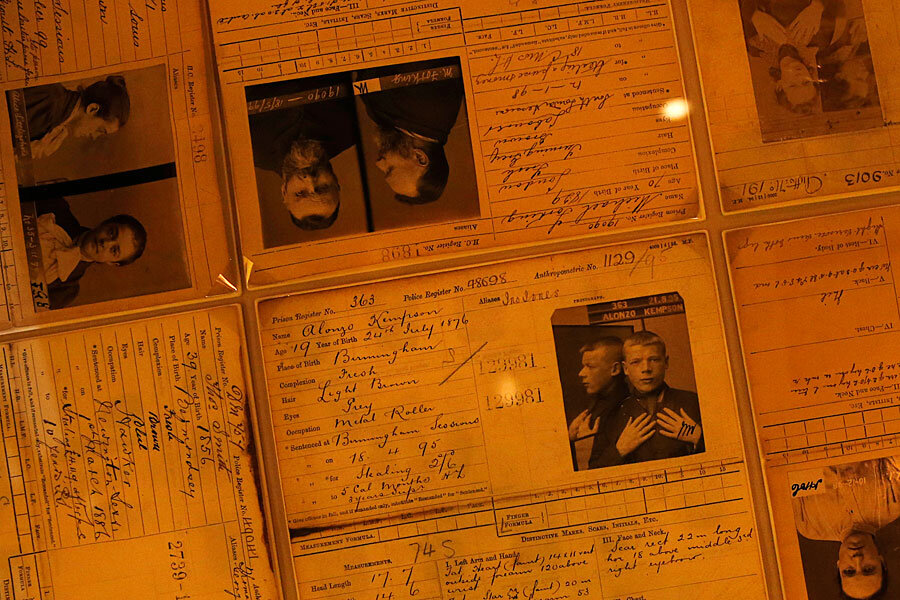Did an Australian teacher solve the mystery of Jack the Ripper?
Loading...
Notorious serial killer Jack the Ripper's real identity has been ardently debated for well over a century. Now, an Australian teacher says that he may have solved the mystery: It was writer Francis Thompson who committed the heinous crimes, he claims.
In 1885, before he became a well-known poet, Dr. Thompson moved to London with dreams of being a famous writer. Three years later, the five women were found gruesomely murdered in the Whitechapel district of London’s East End.
About 100 years after that, literature student Richard Patterson came across Thompson’s poetry. Upon discovering that the "The Hound of Heaven" poet had also been a medical doctor, Mr. Patterson became convinced that Thompson was Jack the Ripper.
An English teacher in Byron Bay, Australia, Patterson has been researching the topic for 20 years. In his forthcoming book, "Francis Thompson – A Ripper Suspect," he presents evidence implicating the British poet.
"I'm grateful to have played some part in helping people understand Thompson, and why he might have been the Ripper," Patterson told Mercury Press.
During Thompson’s years in London, he became addicted to opium. As Patterson tells the story, the young writer was homeless in Whitechapel until a prostitute offered him lodgings. Though he never revealed her identity, their friendship is believed to have turned into Thompson’s only romantic relationship. But as he slowly gained recognition in the literature world, she disappeared.
This is when Thompson had a mental breakdown, Patterson said.
"The moment he told her he was finally published, she said she was leaving him because the public would not understand their relationship. This was after Thompson's year-long romance with the woman,” Patterson said.
Before and after the murders, the author explained, Thompson wrote about stabbing female prostitutes.
"Thompson kept a dissecting knife under his coat, and he was taught a rare surgical procedure that was found in the mutilations of more than one of the Ripper victims,” Patterson said.
The case was officially closed in 1892, 15 years before Thompson's death at age 47.
But the investigations never truly ended. Scholars and sleuths have obsessed over the mystery through the years, producing up to a hundred different suspects and transforming "Ripperology" into a global phenomenon.
Some Ripperologists believe the murderer was a woman. Some say he was painter Walter Sickert, or writer Lewis Carroll. Some propose that he was a butcher, or a famous surgeon, or just a man with profound mommy issues. In London, tourists can take a dozen competing Jack the Ripper walking tours. A search for "Jack the Ripper" on Amazon fetches more than 4,700 books.
But what exactly is the murderer's popular appeal? What is the importance of solving 127-year-old crimes?
The grisly and sexualized nature of the murders make for a salacious and riveting story, but gender historian Julia Laite argues that the real appeal lies in the lives of the victims: Mary Ann Nichols, Annie Chapman, Elizabeth Stride, Mary Kelly, and Catherine Eddowes.
Most of them are believed to have been sex workers, and in studying their lives, Ripperologists have become pseudo-anthropologists, discovering overlooked cultural information about poor and working-class women of the Victorian era.
"Jack killed flower sellers. Jack killed charwomen. He killed mothers, daughters, sisters, and wives," Ms. Laite writes in the Guardian. "These women are infinitely more interesting to me than the identity of their killer. Finding out about their poverty, their work and their experiences of injustice and inequality is far more important than their killer’s DNA."








